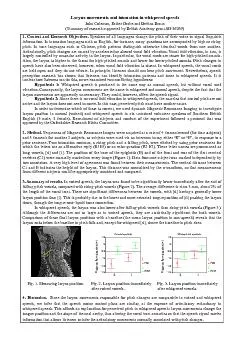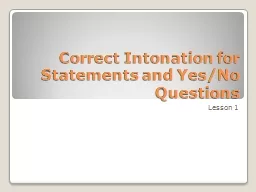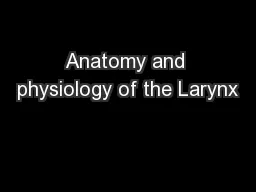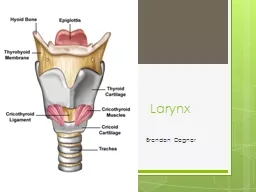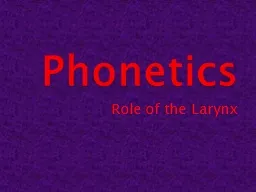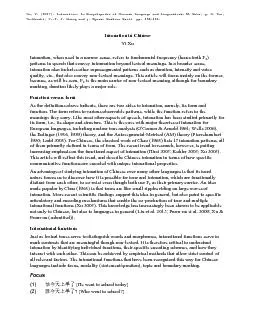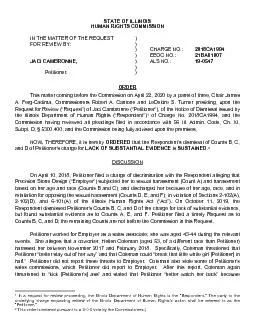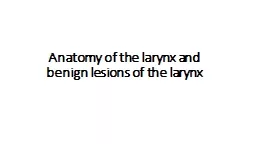PDF-Larynx movements and intonation in whispered speech John Coleman, Esth
Author : celsa-spraggs | Published Date : 2015-12-07
Distance from baseline z Fig 1 Measuring larynx position Fig 2 Larynx position immediately after voiced vowels Fig 3 Larynx position immediately after whispered
Presentation Embed Code
Download Presentation
Download Presentation The PPT/PDF document "Larynx movements and intonation in whisp..." is the property of its rightful owner. Permission is granted to download and print the materials on this website for personal, non-commercial use only, and to display it on your personal computer provided you do not modify the materials and that you retain all copyright notices contained in the materials. By downloading content from our website, you accept the terms of this agreement.
Larynx movements and intonation in whispered speech John Coleman, Esth: Transcript
Download Rules Of Document
"Larynx movements and intonation in whispered speech John Coleman, Esth"The content belongs to its owner. You may download and print it for personal use, without modification, and keep all copyright notices. By downloading, you agree to these terms.
Related Documents

